Fire Suppression & Protection Solutions for the Cement Industry
Synergy Fire is a leading supplier of high-performance fire suppression solutions for the cement industry, providing specialized fire protection systems for cement plants, kilns, coal storage, and heavy machinery.
The cement industry operates under high-temperature conditions and involves flammable materials, coal storage, and continuous heavy machinery operations, making it one of the highest-risk industrial sectors for fire hazards. Kilns, fuel storage tanks, dust collectors, and conveyor systems are all susceptible to fires, explosions, and overheating incidents, which can disrupt production, damage equipment, and pose serious safety risks.
we supply reliable, industry-compliant fire suppression solutions specifically designed for cement manufacturing plants, ensuring regulatory compliance and minimizing costly downtime.
Impact of Fire Hazards in Cement Plants
A fire in a cement plant can cause:
Production Delays & Losses – Fire can shut down kilns and production lines, leading to delayed output and financial loss.
Machinery & Equipment Damage – Fire can destroy grinding mills, kilns, conveyor belts, and electrical panels, requiring expensive replacements.
Worker Safety Risks – Fires in fuel storage areas, kilns, or dust collectors pose a high-risk to employees.
Environmental & Regulatory Non-Compliance – Cement plants must comply with fire safety standards such as NFPA, OSHA, ISO 50001, or face penalties and shutdown orders.
Common Fire Hazards & Risks in Cement Plants
Coal Handling & Coal Mill Areas
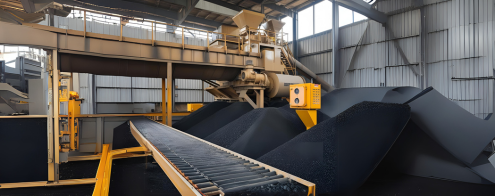
- Spontaneous combustion of coal dust
- Explosions inside coal mills and bunkers
- Friction or motor faults on conveyors
- Continuous temperature monitoring
- Dust suppression systems
- Spark detection on conveyors
- Explosion venting in coal silos
- CO₂ Fire Suppression Systems – Displaces oxygen to suppress fires in enclosed coal mills.
- Foam-Based Fire Suppression Systems – Blankets coal bunkers to smother surface fires.
- Spark Detection & Suppression Systems – Stops ignition before it reaches combustible dust.
- Explosion Vent Panels – Releases pressure safely to prevent structural damage.
Rotary Kilns, Clinker Coolers & Preheater Towers
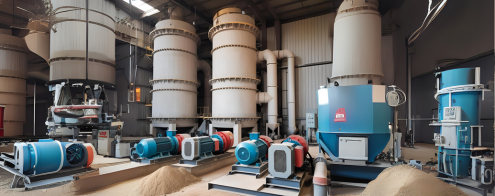
- Extreme surface temperatures
- Flammable debris or residue accumulation
- Overheating of motor systems
- Infrared thermal monitoring
- Fire-resistant insulation
- Preventive maintenance of rotary systems
- Water Mist Fire Suppression Systems – Rapid cooling without damaging kilns.
- Fire Detection & Alarm Systems – Early fire warnings prevent major damage.
- Fireproof Insulation Materials – Reduces fire spread within the kiln structure.
Dust Collectors & Bag Filters
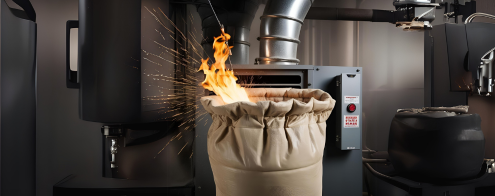
- Combustible dust buildup inside filter housings
- Dust explosion due to static charge or spark
- Fire spread through duct systems
- Spark detection in ductwork
- Explosion isolation and venting
- Regular dust cleaning and filter maintenance
- Spark Detection & Suppression Systems – Detects and eliminates ignition sources in ducts.
- CO₂ Suppression Systems – Smothers fires inside filter housings without leaving residue.
- Dry Chemical Fire Suppression Systems – Quick knockdown of fires in dry, dusty environments.
- Explosion Vent Panels – Minimizes explosion impact by safely releasing pressure.
Fuel Storage & Pump Rooms
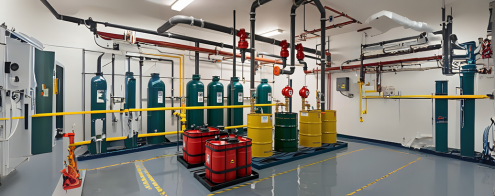
- Flammable liquid storage (diesel, oil, lubricants)
- Leaks and vapors near ignition sources
- Leak detection with automatic shutdown
- Fire-rated fuel tanks and piping
oSeparation from heat sources
- Foam-Based Fire Suppression Systems – Effective for diesel, oil, and flammable liquid fires.
- Deluge & Water Spray Systems – Cools fuel tanks and prevents ignition spread.
- Automatic Flame Detection Systems – Triggers suppression instantly during flare-ups.
Conveyor Systems (Coal, Raw Material & Clinker)

- Belt overheating or misalignment
- Friction-related sparks
- Spillage igniting under belts
- Belt alignment systems
- Motor temperature sensors
- Enclosure and spark arresting designs
- Water Spray Systems – Keeps belts and rollers cool to prevent friction fires.
- Spark Detection & Suppression Systems – Detects hot particles and suppresses sparks in transit.
- Foam Suppression Systems – Extinguishes fires from motor or belt failures.
Lubrication & Hydraulic Equipment
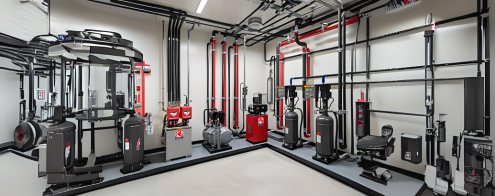
- Pressurized oil leaks
- Fires near pumps and compressor stations
- Lubricant mist ignitions
- Oil leak detection
- Use of fire-resistant hydraulic fluids
- Isolated pump rooms with ventilation
- Foam-Based Fire Suppression Systems – Efficiently covers oil spills and equipment surfaces.
- Automatic Modular Suppression Units – Compact protection for pump cabinets and compressors.
- Dry Powder Extinguishing Systems (DCP) – Ideal for fast suppression of flammable oil fires.
Electrical Rooms, MCCs & Control Panels
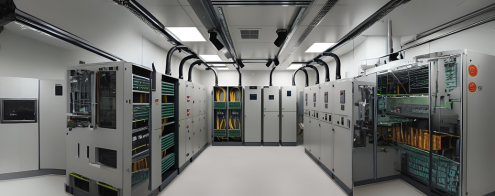
- Short circuits, arc flash
- Overloaded breakers and relay panels
- Ignition in cable trays or junction boxes
- VESDA or smoke detection systems
- Fire-rated cable insulation
- Separate electrical zones with cooling
- FM-200 / Novec 1230 Systems – Residue-free suppression safe for electronics and servers.
- Inert Gas Suppression Systems (IG-541) – Lowers oxygen without harming sensitive equipment.
- CO₂ Fire Suppression Systems – Suitable for non-occupied electrical spaces.
- VESDA Smoke Detection Systems – Provides ultra-early warning in critical control zones.
Fire Safety Guidelines for Cement Plants
Regular Fire Risk Assessments – Identify high-risk zones such as kilns, conveyors & fuel storage.
Use Industry-Specific Fire Suppression Systems – Includes foam, CO₂, water mist & dry chemical suppression.
Routine Maintenance of Equipment – Prevents overheating & mechanical failures.
Dust Control & Ventilation Systems – Reduces risk of dust explosions.
How to Control Fire Risks in Cement Plants?
Install Advanced Fire Detection Systems
Infrared, gas, smoke, & heat sensors
Use Fire-Safe Equipment & Materials
Fire-resistant conveyor belts, bag filters & kilns
Perform Routine Equipment Maintenance
Prevent overheating & mechanical failures
Train Workers in Fire Safety
Ensure staff knows how to react during emergencies
Regular Fire Safety Inspections
Identify potential hazards before they cause damage
Where Fire Suppression Systems Should Be Installed
Coal bunkers & coal mills
Rotary kilns and preheater towers
Conveyor systems & transfer points
Lube oil systems and pump rooms
Electrical panels, control rooms & transformers
Compressor stations & mechanical workshops
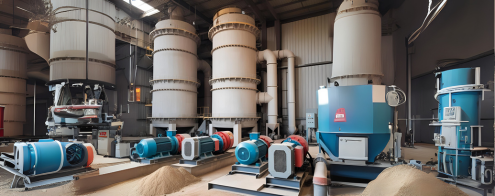
Why Choose Synergy Fire?
Industry-Specific Fire Suppression Solutions for cement plants, kilns & fuel storage areas.
Reliable, Cost-Effective Fire Protection to reduce downtime & damage.
Compliant with Global Fire Safety Standards – NFPA, OSHA, ISO 50001.
End-to-End Fire Protection Solutions for dust explosion risks, flammable fuels & electrical fires.
Protect Your Cement Plant from Fire Hazards with Synergy Fire Solutions!
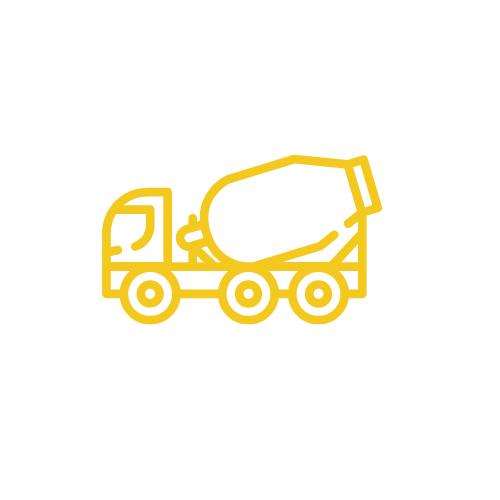
Contact Synergy Fire today for a customized fire suppression solution for your cement plant!
Frequently Asked Questions (FAQs)
✔ Kilns & Preheater Towers – High-temperature operations and fuel leaks.
✔ Coal & Fuel Storage Areas – Risk of spontaneous combustion and fuel ignition.
✔ Grinding Mills & Conveyors – Sparks from machinery and belt friction.
✔ Dust Collectors & Bag Filters – Flammable cement dust accumulation.
✔ Lubrication & Hydraulic Systems – Oil leaks and pump overheating.
✔ Electrical Control Rooms & Substations – Short circuits, overloaded panels, and arc flashes.
✔ Step 1: Fire Detection – Sensors detect heat, smoke, and flame risks in high-risk areas.
✔ Step 2: Automatic Suppression Activation – The system releases suppression agents (foam, CO₂, water mist, or dry chemical) to control the fire.
✔ Step 3: Fire Containment – Fire barriers & ventilation prevent further spread.
✔ Step 4: Emergency Shutdown & Alerts – The system triggers alarms and shuts down hazardous processes.
Yes. High-pressure water mist systems are ideal for cooling kiln exteriors and surrounding high-temperature equipment. They suppress radiant heat without damaging machinery or leaving water residue.
We recommend spark detection and suppression systems on dust-carrying ducts, paired with CO₂ or dry powder systems in the filter housing. Explosion vent panels should also be installed to release blast pressure safely.
Water spray systems are not used to extinguish flammable liquid fires. They are applied externally to cool fuel tanks and prevent structural rupture from nearby radiant heat during a fire event. Foam suppression systems are the correct solution for liquid fuel fires.